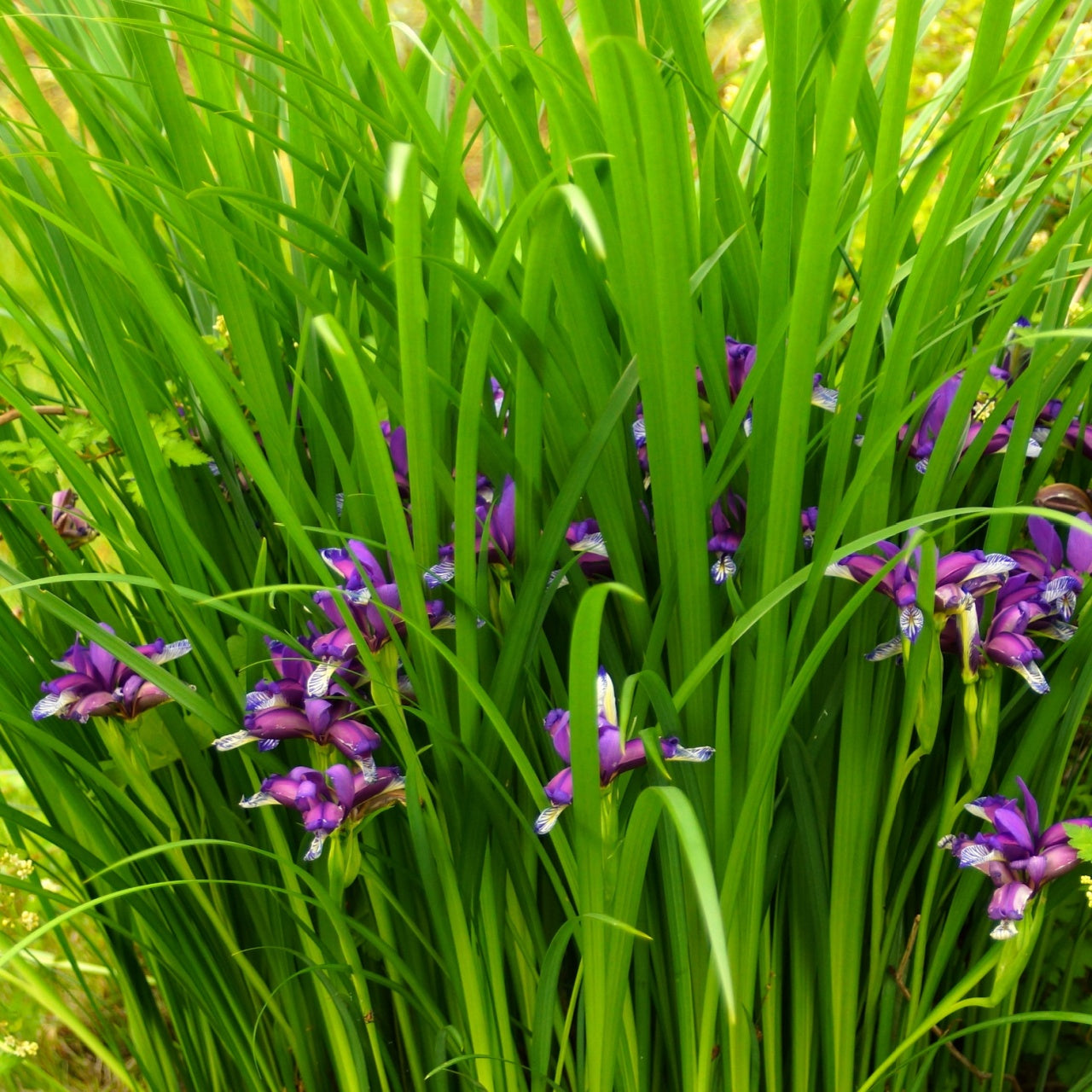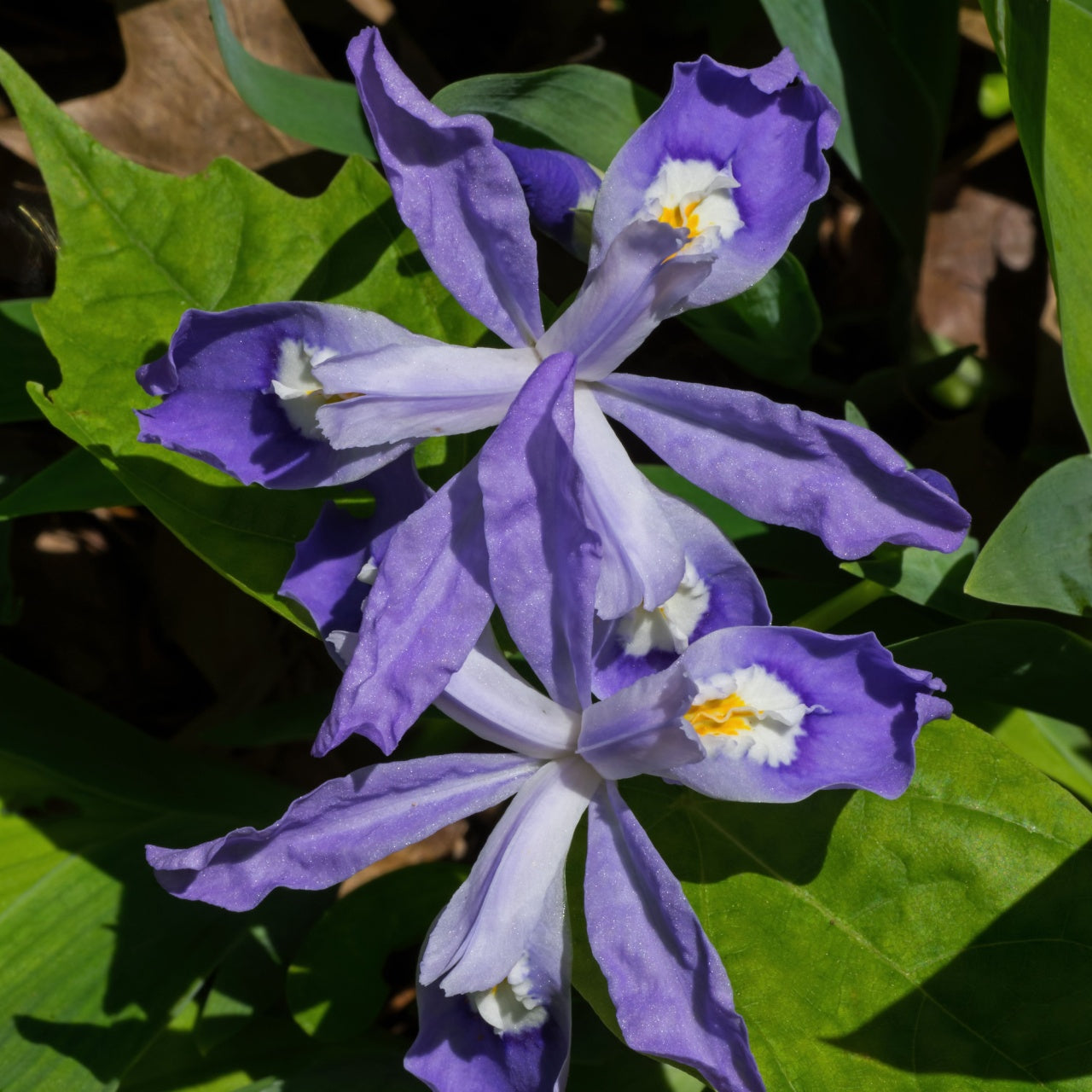Iris Cristata Plants
Iris Cristata Plants
This plant ships:
Ships Week of May 12thCouldn't load pickup availability
Exposure
Sun or ShadeHeight at Maturity
Under 12 InchesUsage
AquaticShipped As
Bare-rootShips
Ships Week of May 12thPlanting Zones
4-8Iris Cristata Plants
The primary stems of Iris Cristata plants can be dark green or light yellow and have two to eight branches. The sickle-shaped leaves are brown and green. Bunches of them tend to branch together and creep over entire flowerbeds.
The characteristic light lavender blossom appears from spring to early summer. It becomes dormant in winter, marking the end of its yearly cycle.
The Iris Cristata Plants Can Be Pink To Blue
Sometimes, these blossoms are white or even pink. They have two pairs of petals: three on the outside and three on the inside. After this blossoming, the flower continues to grow. It reproduces by making a capsule full of seeds after the blossom appears.
The Perennial Was Introduced to England In 1850
It was first introduced to England in the mid-18th century. It was already native to America, where it flourishes in the previously mentioned areas. It does well in woodland areas, mountainous areas, rocky hillsides, ravine bottoms, and streams. Iris Cristata is a small fan of sunlight.
The Flower Does Best In Cooler Areas
Also, it does best in well-drained, nutrient-rich soil. It can survive in sunny areas but is best in semi-shaded and cool regions. If you plan to use it for the first time, be aware that you should apply peat and sharp sand first. You can plant it in the spring, summer, or autumn.
It can grow for up to ten years after planting. It is familiar to most nurseries and, therefore, comfortable to find. It is just one type of exceptionally diverse species.
It Is One Of The 2 Naive Irises In The U.S.A.
The Iris Cristata Plants are one of two crested types native to North America, the other being Lake types. The tassel-like tips are how the name came to be part of this plant. It refers to the yellow crest on the sepal.
Share






